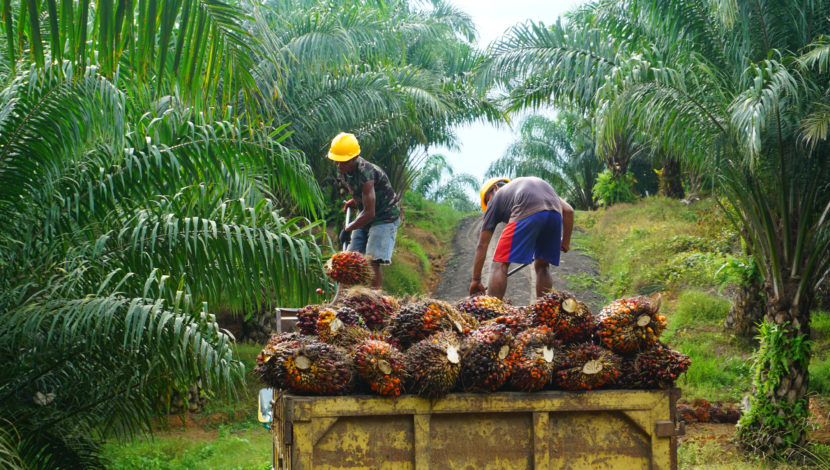by KATHLEEN TEREPOSKY

Palm oil, the world’s most versatile vegetable oil, is a key ingredient in countless products, from processed foods to cosmetics and even biodiesel (Tullis, 2019). Its multipurpose qualities have led to a high worldwide demand. While good for the economy, its widespread cultivation has led to terrible circumstances for some children in Indonesia who are pressured to work in the industry.
The palm oil industry in Indonesia
As the world’s biggest palm oil producer, Indonesia supplies 57% of the global demand for palm oil (ILO, 2023). The palm oil industry is the largest employer in Indonesia. It currently employs about 8 million people and contributes between 9-17% of the country’s GDP (Benazir, 2024).
While this has raised the incomes of locals, especially those living in rural areas, the use of child labour has subsequently increased. The high demand for palm oil has led to supply chain pressure to minimize labour costs thereby resulting in the exploitation of child labour to keep costs low and profits high.
Child labour in Indonesia
Child labour has been an ongoing issue in Indonesia. While the Indonesian government requires all industries to conform to child labour laws, it is reported that around 1.01 million children participated in child labour in 2023 (Siahaan, 2024). While this number decreased by around 3.5% since 2021, the child labour rate remains higher than the pre-pandemic level.
Poverty and limited access to education are key factors driving child labour, especially in rural and impoverished regions, where a significant number of children balance work and school. Insufficient enforcement of child labour laws further exacerbates the problem. Child labour is prevalent in informal sectors like agriculture, which is difficult to monitor and regulate. Inspectors often lack the authority to inspect private palm oil farms, where many child labour violations occur.
Effects of child labour in the palm oil industry on children
Child labour severely impacts children’s physical, emotional, and intellectual development. Many child labourers face exploitation, including forced labour and abuse, with lifelong health and economic consequences. The palm oil industry has used children as young as 8 years old to harvest and collect loose palm fruits (Amnesty International, 2016).
Children are involved in many other activities within palm oil plantations, including applying fertilizers and pesticides, often without proper protective equipment, carrying heavy loads and operating heavy machinery (Benazir, 2024). These dangerous activities can result in physical injuries and other serious health problems such as stunted growth, respiratory issues, skin conditions, and long-term health problems. In addition to physical impacts, child labour demands cause children to miss school, thereby, hindering their educational level and perpetuating cycles of poverty.
International law should protect children from child labour
Several international legal instruments protect children from labour exploitation.The International Labour Organization (“ILO”) Convention No. 138 (Minimum Age Convention, 1973) establishes the minimum age for employment, generally set at 15 years, with stricter rules for hazardous work, which is typically set at 18 years.The ILO Convention No. 182 (Worst Forms of Child Labour Convention, 1999) focuses on eliminating the worst forms of child labour, such as slavery, trafficking, forced labour, and hazardous work that endangers the wellbeing of children.
Humanium for more
